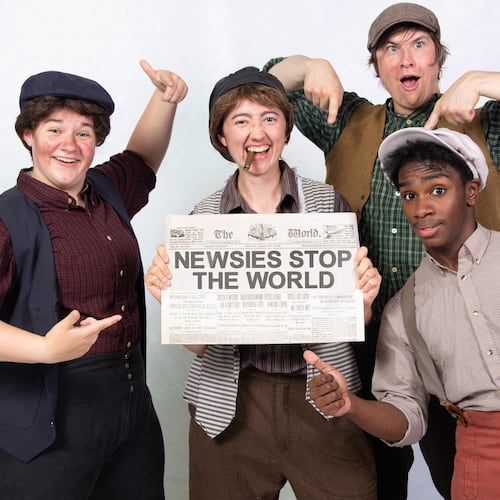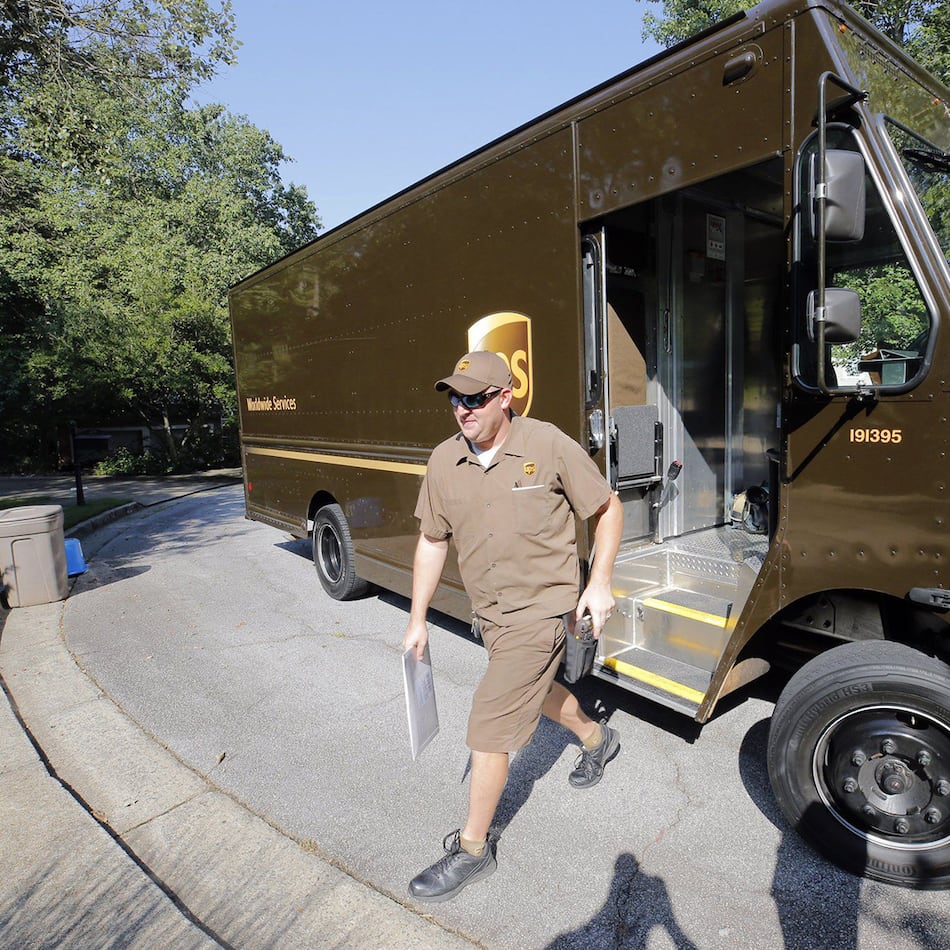Command Sgt. Maj. James H. Clifford, who spent 28 years in the Army defusing bombs, started when the improvised exploding device was still in its infancy. By the time he retired in 2006, insurgents in Iraq had raised the bar, making roadside bombs the cause of the majority of U.S. deaths in that conflict.
Today, says the McDonough resident, who served as a military adviser for the new Kathryn Bigelow movie, "The Hurt Locker," Explosive Ordnance Disposal technicians are under pressures he couldn't have imagined.
"As I was coming up through the ranks, being an EOD soldier was a whole lot easier. ... We didn't have anything like Baghdad. Almost all the incidents we went on were fairly routine," Clifford said. "Danger was a possibility for EOD soldiers. Today, danger is a possession."
That's why when journalist Mark Boal approached Clifford in 2004 with an idea for a magazine story about the men who disable roadside bombs, Clifford said he'd have to go overseas with a contemporary EOD outfit. Boal, who also wrote the script for the Tommy Lee Jones movie "In the Valley of Elah," spent time in Iraq embedded with an EOD crew in Baghdad and came back to write an article for Playboy magazine that ultimately became the script for "The Hurt Locker." (The title is a reference to the place you're going to be if one of these things goes off.)
From 2004 to 2009 Boal and Clifford exchanged dozens of e-mails and telephone calls, and Clifford offered suggestions on script revision. But they didn't meet until the retired soldier traveled to New York to see an advance screening of the movie.
Looking around at the small group of movie industry professionals gathered at the screening, Clifford expected them to be blasé. They weren't.
"People were really riveted," Clifford said.
Seeing the story he knew by heart on the screen was also somewhat out-of-body.
"For me it was a very surreal type of experience," Clifford said.
Clifford disarmed plenty of bombs, but he didn't witness the kinds of explosions that rattle through the movie. His closest call came Aug. 7, 2003, when an IED the equivalent of one or two grenades exploded as his armored vehicle and one in front of it passed by.
His commander, who had just waved at an Iraqi boy, was creased on the top of his forearm by shrapnel. None of the four in his vehicle got a scrape, although they heard fragments from the bomb flying through the windows. "This was early in the war," Clifford said, "when we still drove with the windows down."
The bomb itself was small, compared with the 155 mm artillery rounds that are routinely used today — "the difference between a Coke can and a beer keg." And Clifford would rather not bring the whole thing up.
"It's almost embarrassing to mention," he said. "The average soldier experiences much worse."
About the Author
Keep Reading
The Latest
Featured


